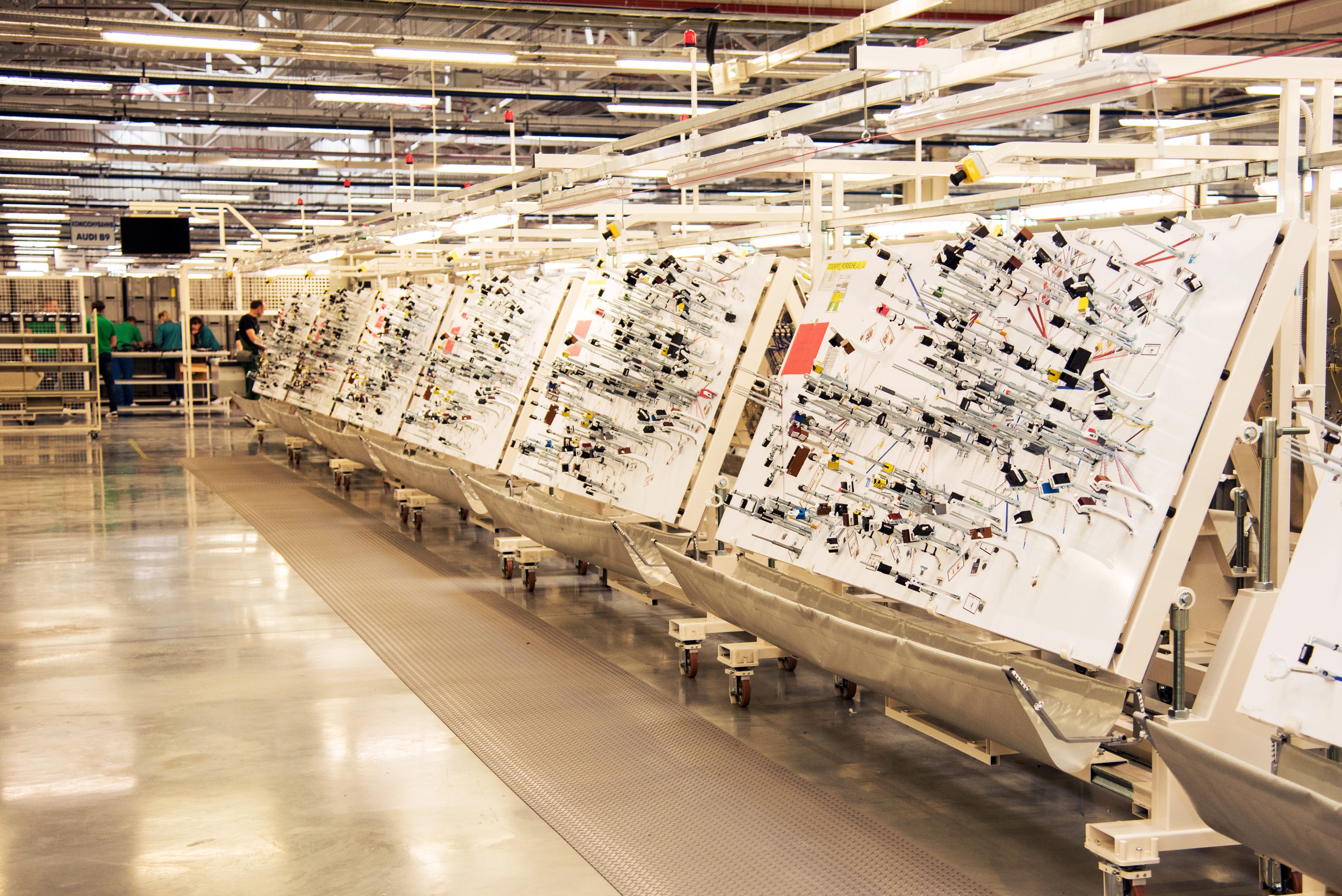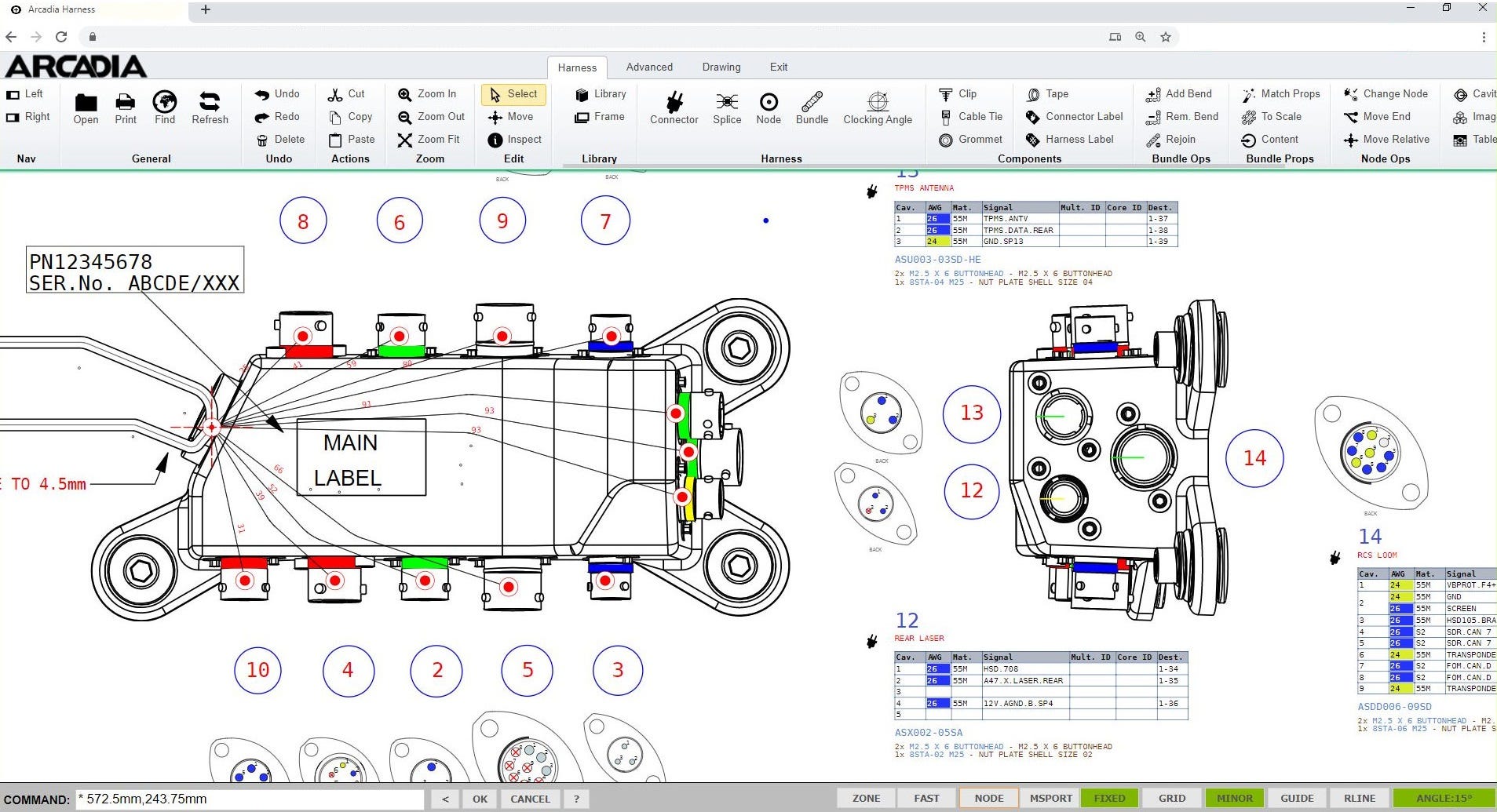Is software Darwinism making your business extinct? — its time to reconsider legacy applications!

Although it is hard to think of a time when we used a pen and paper to draft contracts, technical drawings and communications to each other, the reality is, many people are working closer to that archaic concept than they realise.
The 1980s represented the birth of home and small business computing. It was an exciting time when this miraculous new technology was within the reach of regular people. Liberating computing from the mainframes that dominated the preceding four decades.
Naturally, people started using the technology to enhance their businesses. Word processing, databases and accounting software being the earliest most popular applications and still a significant chunk of the software market today.
These served to capture data that was previously stored in ledgers and copybooks that were physically disseminated to those that needed them.
As computing became more sophisticated more applications appeared to capture the data that required more computing power such as technical drawings, digital imagery and even video.

Apart from some basic advantages such as limited search capability and moving towards the paper-free office, these early systems offered little benefits. They mere replicated the physical actions digitally.
The breakthrough came when software started to move beyond the limitation of pen and paper systems and added value through the manipulation and transformation of that data. For example, previous multiple views of 2D technical drawings could be replaced with direct 3D modelling. Capturing the additional data not only allowed for the previous 2D drawings to be automatically created, but for calculated data to be produced, such as the volume of the object, the weight for a given material, tolerances, etc.
Despite the seeming obvious benefits of using the right technology to capture your data it is alarmingly commonplace for organisations to use digital, and in some cases even cloud, tools as little more than their earlier pen and paper counterparts.

For example, in our industry, it was common practice to use several means to capture information about a wiring harness. These included — a physical technical drawing for the layout, A ledger table for the connections (to and from) and a similar table for the bill of materials. Any change to any part of the design requires these documents to be altered, checked, and distributed to all stakeholders. A horrendous undertaking that not only consumed time and resources but allowed the introduction of costly errors.
“This is perfect for digitisation!” — you may cry, however, what we have ended up in many organisations with is a middle ground that offers little advantages but all the disadvantages. Drawings are captured in Visio and AutoCAD, connectivity, and part data in Excel, both independently and un-connected. What is worse, is that this ‘dead’ data does not allow for any automation or validation at all. Alterations and up-versions are prone to the same errors as the manual systems and replacing paper drawings with multiple electronic documents that need to be managed and stored.

It would be a worthwhile exercise in your organisation to review how your teams are using software to the best of technology’s ability. You might find some real low-hanging fruit that will give your business some significant advantages.
Our flagship cloud suite Arcadia provides the tools for every element of this process in a controlled, automated way. Capturing all aspects of the design and data, automatically checking, and validating, and automatically producing all the reports and outputs needed. The designs and data are totally created and accessed via a web-browser and ‘living data’, i.e. can be interacted with, transformed, simulated and future-proofed.
We are here to keep the industry productive. If you are interested in our Cloud SaaS Electrical and Harness design software head over to www.cadonix.com where you can sign-up today and start using the latest in electrical harness design technology for your business today!
Andrew Armstrong https://www.linkedin.com/in/drandrewarmstrong/